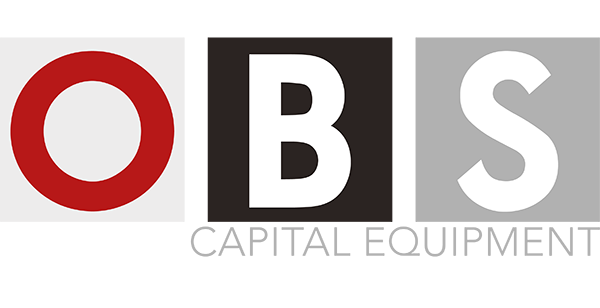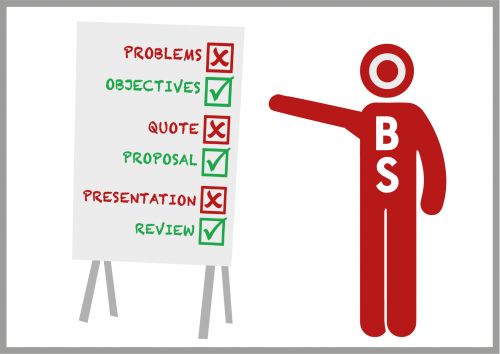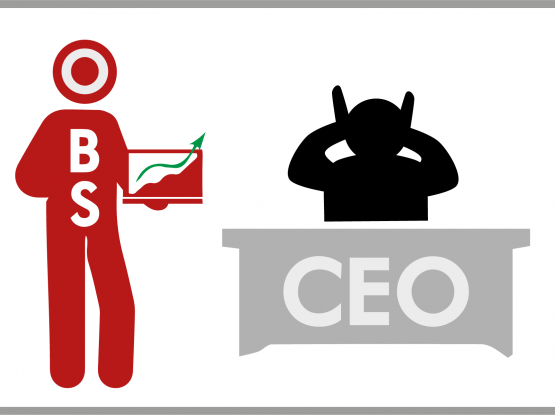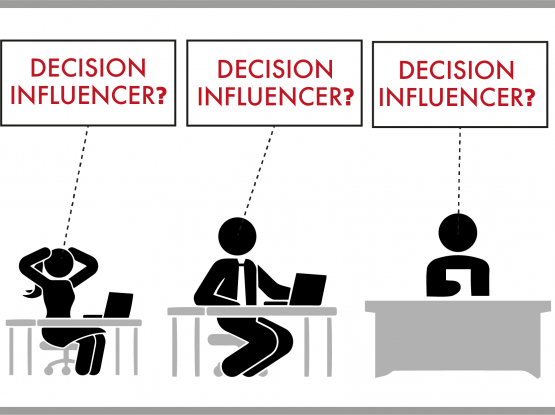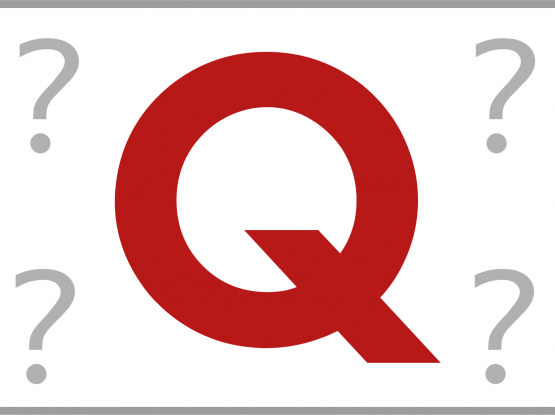Selling involves verbal and written communication. Use of the right language can help create a positive selling environment both for the salesperson and for the customer. For example, price and cost indicate issues which are basically negative. As such, their use should be minimized. On the other hand, investment indicates the positive effect on a business through the use of improved equipment or services that offer a return or pay for themselves.
Below are fourteen more terms we recommend to help create a positive sales environment, versus the more commonly used, poorer alternatives.
1. OBJECTIVES v Problems
Many sales models talk of “problem solving selling” and encourage salespeople to help customers identify and “solve” problems. However, a more positive activity in many situations is to help customers meet objectives rather than simply overcome problems.
2. DECISION INFLUENCERS v Decision-Makers
Advice for salespeople used to go like this: “Find the decision-maker and focus your attention on him.” The materials handling equipment sales environment almost always involves multiple decision influencers, not just one decision-maker. The more decision influencers a salesperson meets, the better the frame of reference for deciding who is more influential.
3. CUSTOMER PARAMETERS v Specifications
Salespeople love to talk about the specifications or spec of products. It is much better to focus on identifying the critical parameters relating to the customer’s needs or objectives. Customers constantly hear salespeople use the wording “specification/spec” so they take extra notice when a salesperson uses the much less commonly used “parameters”!
4. TIME FRAME v “When do you need delivery?”
A discussion of time frames with customers such as “What is your time frame for reaching a decision on this project?” is a more professional discussion than the commonly used “When do you need delivery?”
5. FINANCIAL CONSIDERATIONS v Budget
In materials handling equipment projects the word budget usually crops up. This word is restrictive as it implies price is the sole or most important issue in the project. It is therefore more effective to ask “What are the financial considerations in this project?” This encourages the customer to talk more broadly about money, rather than just its constraint.
6. PROPOSAL v Bid or Quote
A bid or a quote is merely a number where the lowest bid wins. It is not to the benefit of the salesperson to give the impression his products or services are commodities as this implies price is the only issue of importance. Instead, salespeople should present customers with a Sales Proposal which involves multiple factors that outline how their offering and business methods help the customer meet their objectives. Remember, a quote is just an expense whereas a proposal indicates investment.
7. REVIEW v Presentation or Sales Pitch
When customers hear the term presentation, they think a mind-numbing, self-promoting sales pitch. As such, rather than asking to “make a presentation”, instead ask to “review the proposal or project” with the decision influencers.
8. SCRUM (or REVIEW) MEETING
The meeting where decision influencers meet with the salesperson is the “scrum or review meeting.” Just like a rugby scrum, there is initial confusion and infighting before a leader emerges with the ball and everyone follows in that direction. This is a good analogy for the scrum meeting that skilled salespeople need to initiate and facilitate with their customers.
9. PROJECT v Equipment Purchase
The word project elevates a purchase from a simple price-based transaction to a situation requiring more study, professional expertise and attention. Use of the term project helps the primary customer contact compete for funds with other projects or purchases in their company. A further effective tool is to give it a customer-focused project name, instead of a product-focused name. To review examples of these names go to the OBS sales language full report.
10. INCLUSIVE ‘WE’ v adversarial ‘You’
The most favourable position for a professional salesperson to be is on the same team as the customer, helping achieve their objectives. As early on in the relationship as appropriate or comfortable, salespeople should begin using the inclusive we or our. However, these phrases may not be appropriate in an initial meeting with a customer. This might imply a relationship that doesn’t yet exist and be perceived as presumptuous. Exercise considered judgement.
11. GROSS MARGIN v Mark-Up
These are terms regarding pricing, which are not usually used with the customer in the room. They are terms used by salespeople and their companies as pricing strategies are managed. While both are often used, they are not the same because the maths is different. To understand the difference and how it effects project profitability, download the full report on OBS sales language.
12. MATRIX v Spreadsheet
One way customers, especially CFOs, deal with multiple factors in a decision is to create spreadsheets. The problem for the salesperson is that these can lure a customer into thinking that it’s only the numbers on the spreadsheet that matter. When presenting customers with a solution or proposal, salespeople are encouraged to use the term matrix. It is less common, will stand out and can more naturally incorporate factors other than pricing and specifications.
13. NO LATER THAN v As Soon As Possible
A common expression used by salespeople is “I’ll get back to you as soon as possible.” What does that actually mean? Different things to different people for sure. The salesperson instead should say “I will get back to you no later than 4pm tomorrow afternoon. Does that work for you?” or something similar. By stating a specific time frame and asking for customer agreement, misunderstandings can be reduced and salespeople look more professional.
14. AGREEMENT v Contract
When we consider the term Contract we think of a legal, formal document, with lots of Terms & Conditions, that we should think very carefully about before signing. On the other hand, the term Agreement is much less formal, is softer and implies its content is the result of multiple parties being satisfied with the content and are therefore in Agreement.
DOWNLOAD THE FULL ARTICLE AND MORE HERE.
